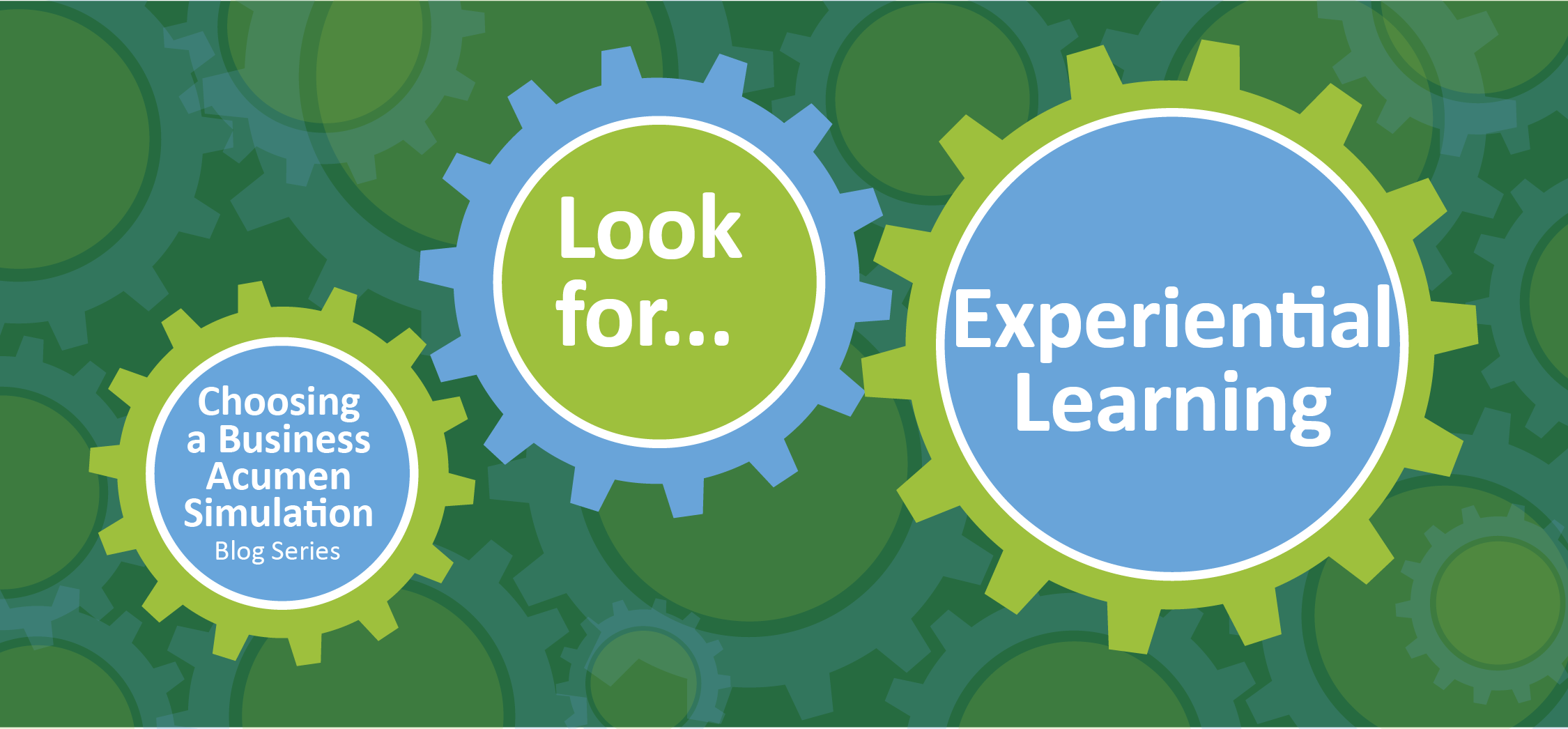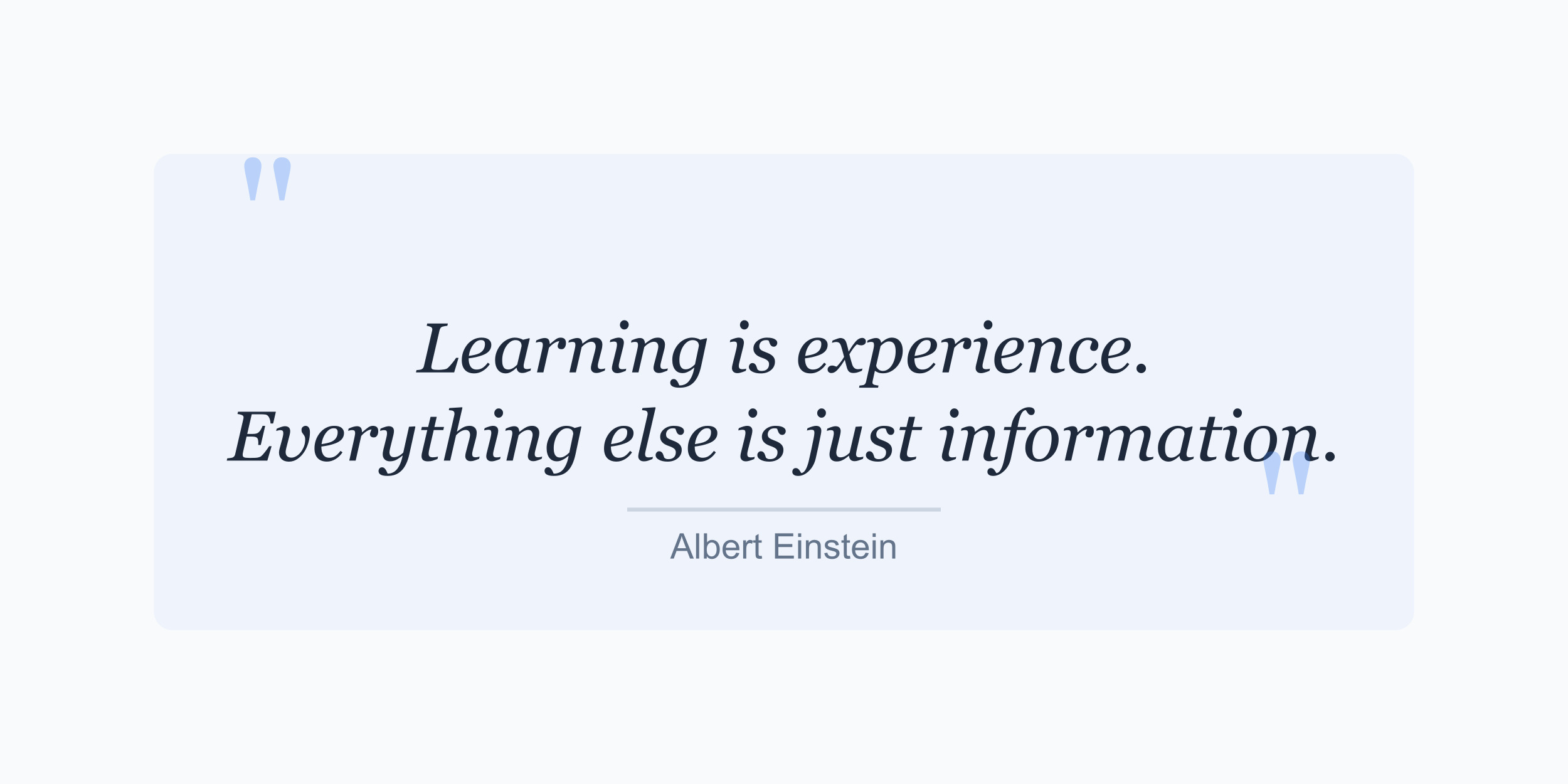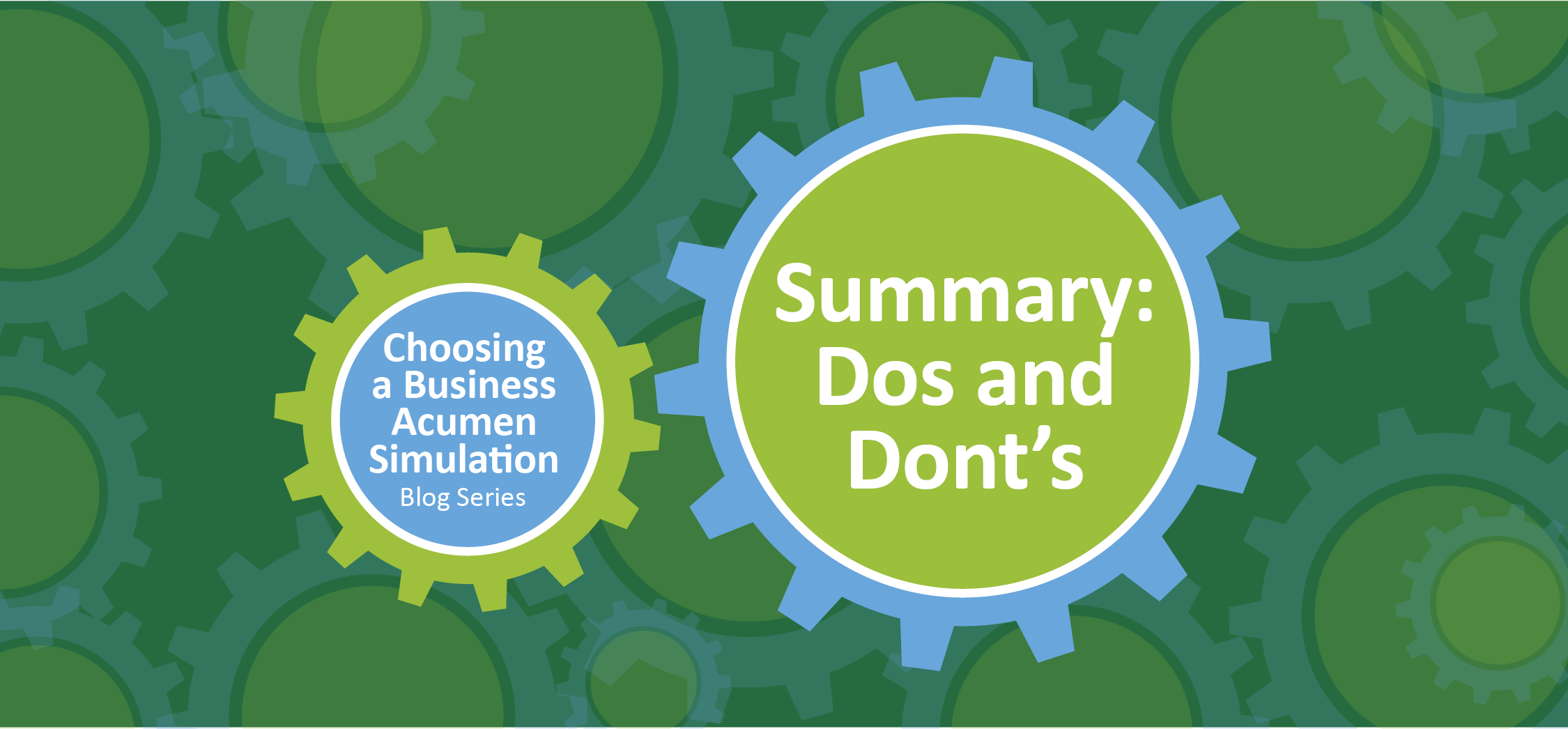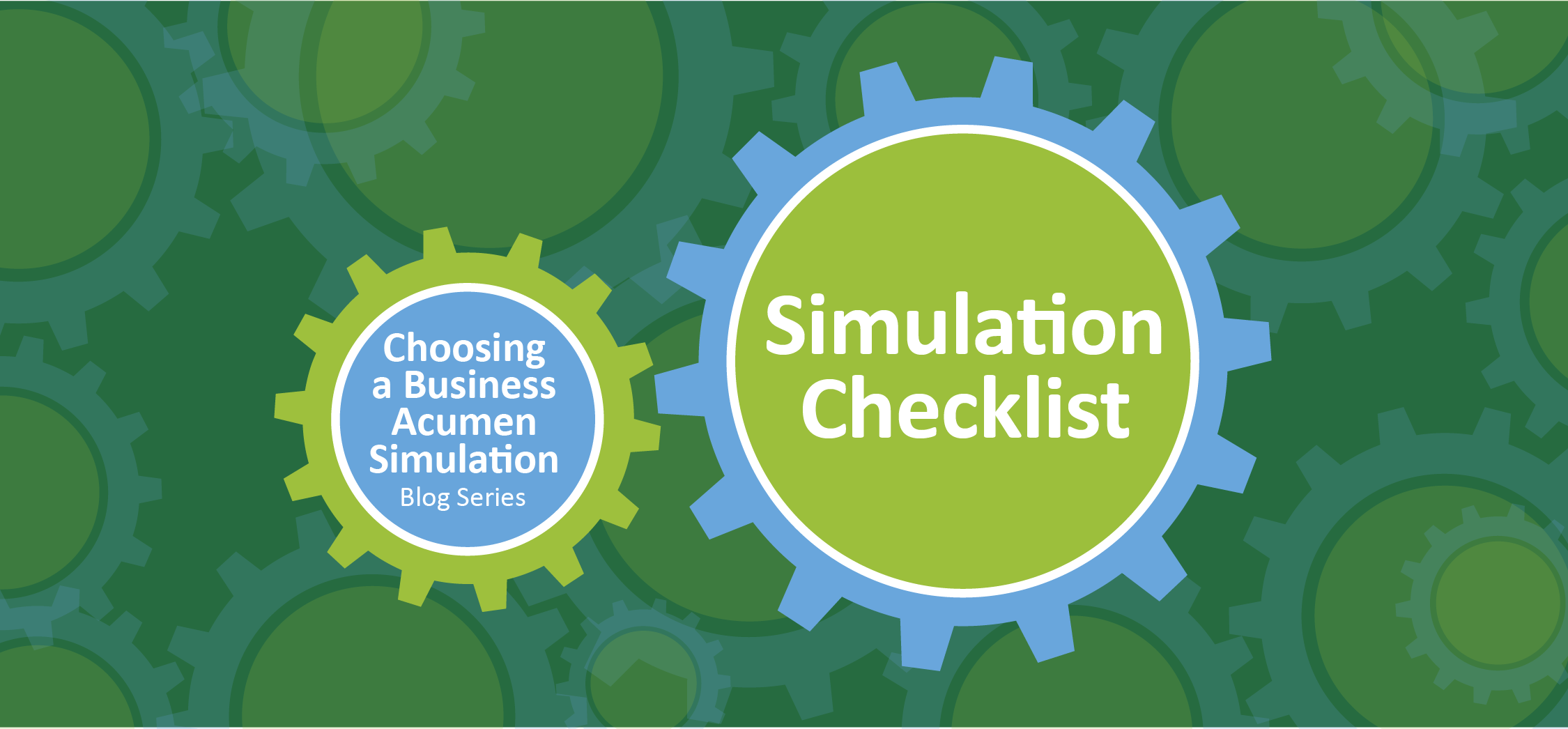01. Why Experiential Learning Delivers Stronger Results

Published Date
Choosing the Best Business Acumen Simulation is our comprehensive 17-part guide to evaluating, selecting, and achieving meaningful results with business simulations. In this installment, we examine Passive vs. Experiential Learning — highlighting why the most impactful simulations engage participants in active decision-making, fostering true cause-and-effect understanding and ownership of outcomes.
Experiential Learning Helps Participants Retain Knowledge and Apply It Faster
Humans learn best through playing and doing—not just by watching and listening. This experiential approach is fundamental to how we are designed to learn.
In a well-designed hands-on business simulation, participants engage with the abstract concepts of business in a tangible way. They can see and touch how a business operates, make decisions, and immediately see the results. This process creates a mental framework that helps participants retain and apply concepts in the future.
When learners create cause-and-effect relationships through their actions, they connect choices to visible outcomes—profits, losses, missed opportunities, growth. If there’s a gap between a decision and its effect, participants may forget the decision or the reason behind it.
Passive simulations, by contrast, often resemble interactive spreadsheets. Players enter values, receive calculated results, and follow pre-set paths. They limit learning to right-or-wrong answers and reduce variability—unlike real business.
Experiential simulations embrace variability. Teams make different decisions, take different paths, and own unique results—creating richer, more personal learning.

Albert Einstein’s insight applies: Experiential learning offers deeper understanding than mere “information.”
Key Questions to Ask
- Is the content embedded in the gameplay, or delivered separately in lectures, multimedia, or PDFs?
- Are participants actively engaging, or passively watching?
- Does each team experience unique outcomes they can own?
- Does each round build on the last, with consequences tied to earlier choices?
- Can facilitators pause the action for structured, real-world reflections?
Where Things Go Wrong
If too many factors combine into a single result, participants may never know which decisions mattered. This weakens retention and undermines business acumen.
Bottom Line
Choose simulations where learners do the work, not just watch. True experiential learning leaves participants with a robust mental framework for future decisions.




